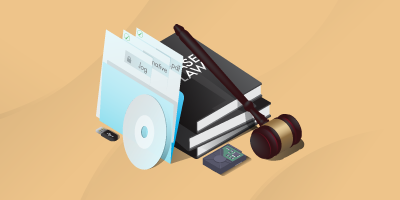Summary
Document review is typically the most expensive phase of a discovery project, even with the sophisticated tools and techniques available today. Past studies have attributed more than half of discovery costs to review. The reason for these costs is the need for qualified people to spend time looking at many documents to make nuanced determinations about their relevance, their privilege, and more.
The total time required can be in the hundreds or thousands of hours, and the quality and consistency of all those hours of work must be ensured so that complete responses can be provided and inadvertent disclosure of privileged or confidential materials can be avoided. In this free Practice Guide, Consilio Director of Education Matthew Verga, Esq., discusses review fundamentals all practitioners should know to help you meet these challenges.
In this Practice Guide
- The What and Who of Review
- Workflow Design Considerations
- Quality Control Approaches
Key Insights
- Choices that Reduce Volume
- Factors that Increase Complexity
- Realities that Impact Reliability
Practice Guide Download
About the Author
From the author
Keeping Control of Critical Data When Key Employees Depart
Summary Losing a key employee is never easy. They often take with them institutional knowledge, important relationships, and critical skill sets. All this is enough of a challenge, but if they also take
ED107 – The Final Countdown: Production Fundamentals
Production is another discovery activity, like collection and processing, in which technical decisions can have logistical and legal effects. For this reason, it is important for practitioners to understand the fundamentals of production.




